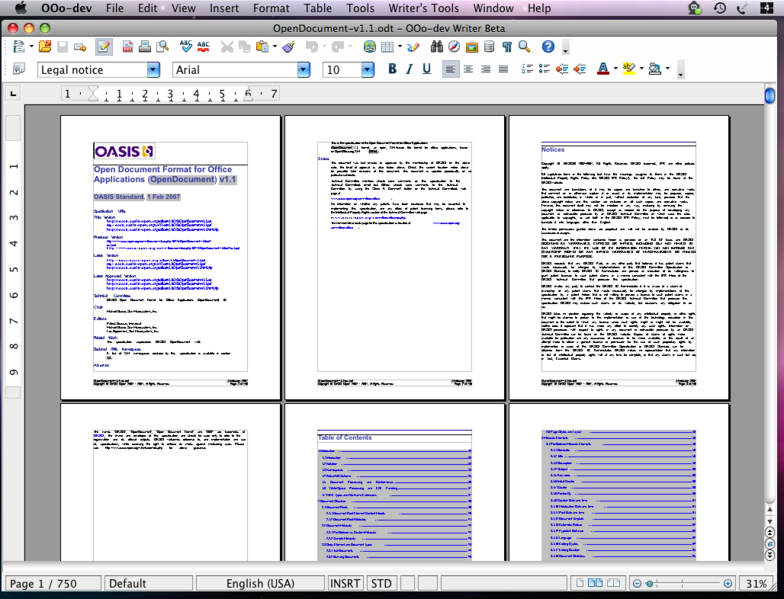Office For Mac Embedded File Associations
Posted By admin On 28.01.19 You can make Mac OS X open every file of a certain format type with a certain application by changing the file association from the Finder. We’ll show you how to change the file type association in Mac OS X so that you can set file kinds to open all in one application. Because the information is totally contained in one file, embedding is useful when you want to distribute an online version of your file to people who don't have access to the embedded file. Click where you want to embed the file.
You can make Mac OS X open every file of a certain format type with a certain application by changing the file association from the Finder. We’ll show you how to change the file type association in Mac OS X so that you can set file kinds to open all in one application. Because the information is totally contained in one file, embedding is useful when you want to distribute an online version of your file to people who don't have access to the embedded file. Click where you want to embed the file.
- Office For Mac Embedded File Associations In Vista
- Office For Mac Embedded File Associations Windows
- Office For Mac Embedded File Associations In Windows
Say someone sent you a Word document with a lot of images, and you want you to save those images on your hard drive. You can extract images from a Microsoft Office document with a simple trick. If you have a Word (.docx), Excel (.xlsx), or PowerPoint (.pptx) file with images or other files embedded, you can extract them (as well as the document’s text), without having to save each one separately. And best of all, you don’t need any extra software. The Office XML based file formats–docx, xlsx, and pptx–are actually compressed archives that you can open like any normal.zip file with Windows. From there, you can extract images, text, and other embedded files. You can use Windows’ built-in.zip support, or if you prefer.
If you need to extract files from an older office document–like a.doc,.xls, or.ppt file–you can do so with a small piece of free software. We’ll detail that process at the end of this guide. How to Extract the Contents of a Newer Office File (.docx,.xlsx, or.pptx) To access the inner contents of an XML based Office document, open File Explorer (or Windows Explorer in Windows 7), navigate to the file from which you want to extract the content, and select the file. Press “F2” to rename the file and change the extension (.docx,.xlsx, or.pptx) to “.zip”. Leave the main part of the filename alone.
Press “Enter” when you’re done. The following dialog box displays warning you about changing the file name extension. Windows automatically recognizes the file as a zipped file. To extract the contents of the file, right-click on the file and select “Extract All” from the popup menu. On the “Select a Destination and Extract Files” dialog box, the path where the content of the.zip file will be extracted displays in the “Files will be extracted to this folder” edit box. By default, a folder with the same name as the name of the file (without the file extension) is created in the same folder as the.zip file.
Office For Mac Embedded File Associations In Vista
Embedding documents into powerpoint for mac business. How to embed excel file in powerpoint 2013 embed excel. Powerpoint and excel perfect partners for dynamic tables. Open an embedded excel file during a slide show in powerpoint. Embed excel file in powerpoint 2016 generated on lbartman.com. In this moment it is opened by Preview by default and the application is listed in the Open in. Howeever, preview has nothing to do with this file type and this application is the only one, that can handle this file type. So I would like to make my application default for this file type, so Preview will not open it by default. Office 365 customers get the new Office for Mac first. You’ll have Office applications on your Mac or PC, apps on tablets and smartphones for when you're on the go, and Office Online on the web for everywhere in between.

Office For Mac Embedded File Associations Windows
To extract the files to a different folder, click “Browse”. Navigate to where you want the content of the.zip file extracted, clicking “New folder” to create a new folder, if necessary. Click “Select Folder”. To open a File Explorer (or Windows Explorer) window with the folder containing the extracted files showing once they are extracted, select the “Show extracted files when complete” check box so there is a check mark in the box. Click “Extract”.
Office For Mac Embedded File Associations In Windows
How to Access the Extracted Images Included in the extracted contents is a folder named “word”, if your original file is a Word document (or “xl” for an Excel document or “ppt” for a PowerPoint document). Double-click on the “word” folder to open it. Double-click the “media” folder. All the images from the original file are in the “media” folder. The extracted files are the original images used by the document. Inside the document, there may be resizing or other properties set, but the extracted files are the raw images without these properties applied.